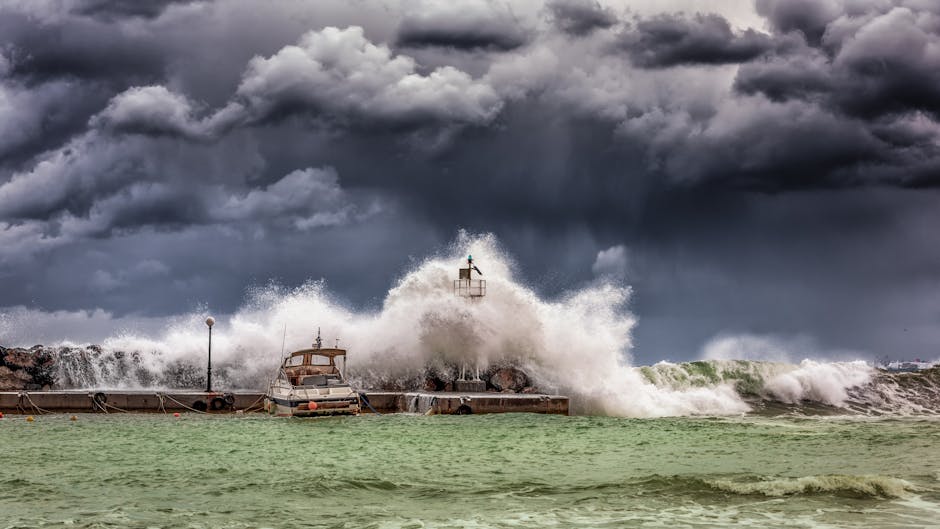What to do when there’s a flood

What to do when there's a flood
Table of Contents
1. Understanding Floods
2. Before the Flood
3. During the Flood
4. After the Flood
5. Conclusion
Understanding Floods
Floods can be devastating natural disasters, causing damage to homes, infrastructure, and even loss of life. They occur when water overflows onto land that is usually dry. This can happen due to heavy rainfall, melting snow, or a break in a dam or levee. Knowing what to do before, during, and after a flood can help you stay safe and minimize damage.
Before the Flood
Preparation is key when it comes to dealing with floods. Here are some steps you can take to prepare:
– Stay informed: Keep an eye on weather reports and flood warnings in your area.
– Create an emergency kit: This should include water, non-perishable food, a flashlight, batteries, a first aid kit, and important documents. Check out this link for building a DIY emergency kit and here for the top 5 recommended emergency kits.
– Know your evacuation routes: Plan how to leave your home quickly and safely if needed.
– Protect your property: Use sandbags to block water from entering your home and move valuable items to higher ground.
During the Flood
If a flood is imminent or already occurring, follow these steps:
– Evacuate if told to do so: Your safety is more important than your property.
– Avoid floodwaters: Do not walk, swim, or drive through floodwaters. Just six inches of moving water can knock you down, and one foot of water can sweep your vehicle away.
– Stay on high ground: If you are unable to evacuate, move to the highest level of your home.
– Keep informed: Listen to the radio or check online for updates and instructions from local authorities.
After the Flood
Once the floodwaters have receded, it’s time to assess the damage and start the recovery process:
– Wait for the all-clear: Do not return home until authorities say it is safe to do so.
– Be cautious: Watch out for debris, damaged buildings, and contaminated water.
– Document the damage: Take photos and make a list of damaged or lost items for insurance purposes.
– Clean up safely: Wear protective gear and be careful with cleaning products and generators to avoid accidents.
Conclusion
Floods can be unpredictable and destructive, but being prepared can make a significant difference in how you and your family weather the storm. Remember to stay informed, have a plan, and prioritize safety above all else. By following these guidelines, you can navigate the challenges of a flood and begin the recovery process with confidence.